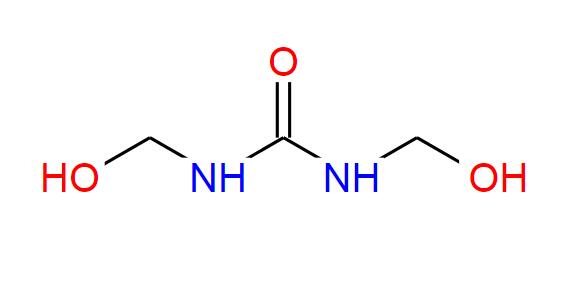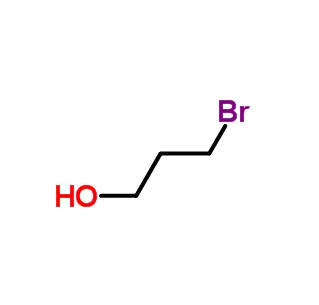
Search

Search

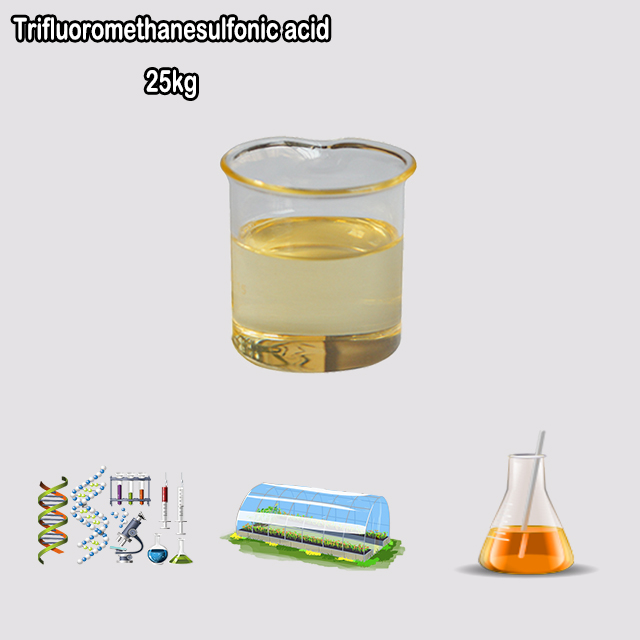

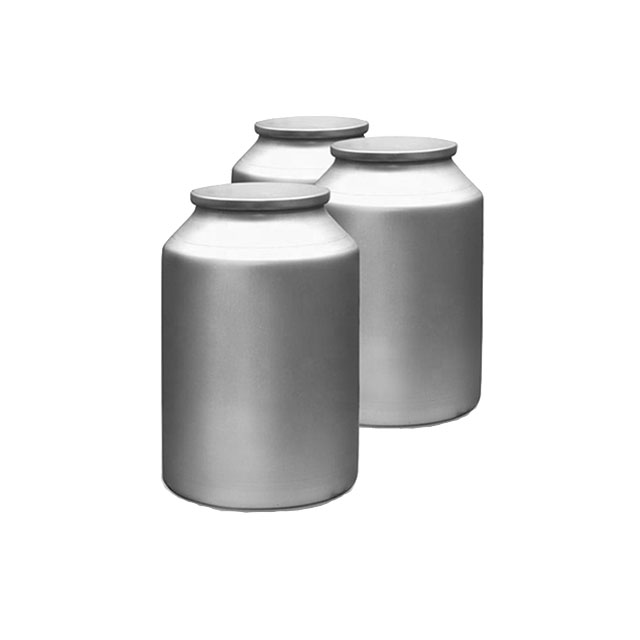
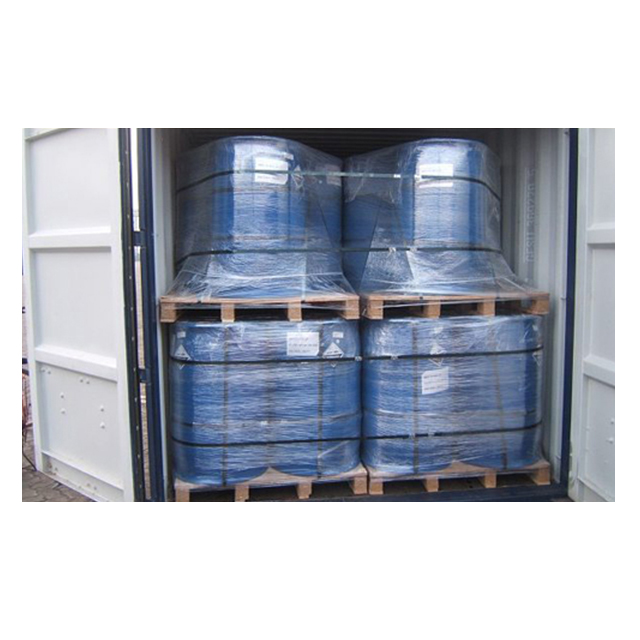
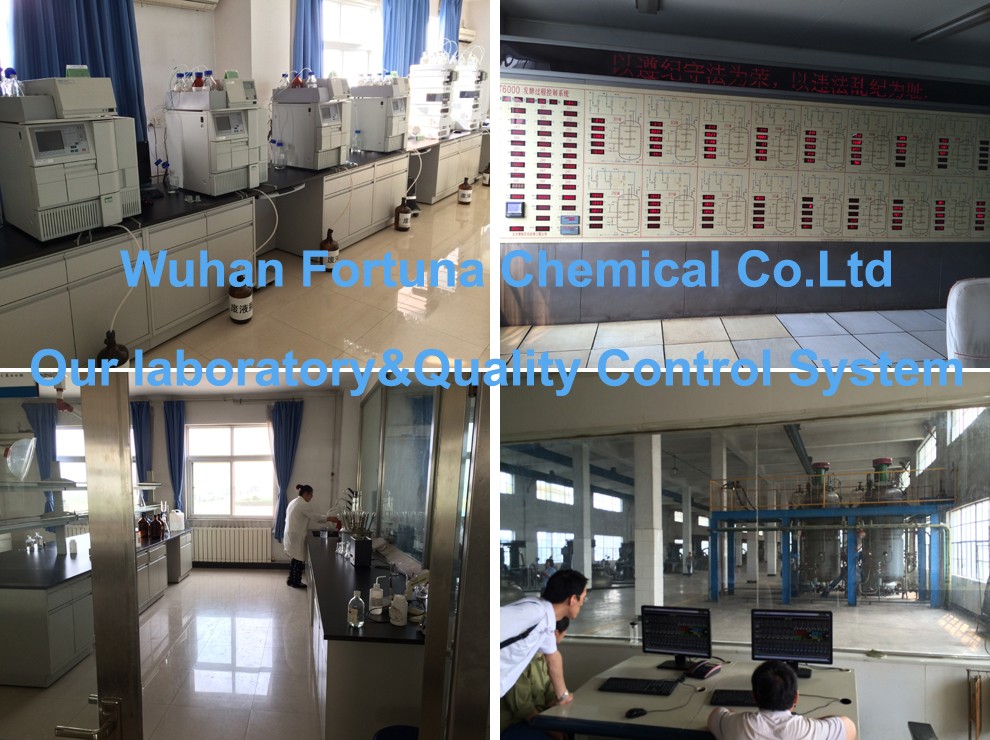





Trifluoromethanesulfonic acid is widely used in pharmaceutical, chemical and other industries. Trifluoromethanesulfonic acid acts as a catalyst for esterification reactions and an acidic titrant in nonaqueous acid-base titration. It is useful in protonations due to the presence of conjugate base triflate is non nucleophilic. It serves as a deglycosylation agent for glycoproteins. In addition, it is a precursor and a catalyst in organic chemistry. It reacts with acyl halides to prepare mixed triflate anhydrides, which are strong acylating agents used in Friedel-Crafts reactions. It acts as a key starting material for the preparation of ethers and olefins by reacting with alcohols as well as to prepare trifluoromethanesulfonic anhydride by dehydration reaction.
| Items | Specifications | Results |
| Appearance | Colorless to light yellow liquid | Conforms |
| Assay | ≥99.5% | 99.93% |
| Product parameters | |
| Cas number: | 1493-13-6 |
| Appearance: | Colorless to light yellow liquid |
| Purity: | 99.5%min |
| Package details: | 1kg/bottle; 25kg/drum; 200kg/drum |
| Brand: | Fortunachem |
Trifluoromethanesulfonic acid (CF₃SO₃H), often abbreviated as TfOH, is a superacid. It is one of the strongest known simple mineral acids, significantly stronger than sulfuric acid. It is renowned for its extreme acidity, thermal stability, and the non-nucleophilic nature of its conjugate base (triflate anion). These properties make it an incredibly valuable, though highly hazardous, reagent in organic synthesis and industrial chemistry.
Chemical Formula: CF₃SO₃H
Common Abbreviation: TfOH (where Tf = triflyl, CF₃SO₂–)
Class: Sulfonic acid, specifically a fluorinated organosulfonic acid.
Key Feature: The combination of the highly electron-withdrawing trifluoromethyl group (-CF₃) and the sulfonic acid group (-SO₃H) creates an extremely acidic molecule. The negative charge on the conjugate base (the triflate ion, CF₃SO₃⁻) is effectively delocalized and stabilized, making it a very poor nucleophile.
TfOH's utility stems from a powerful combination of properties:
Extreme Acidity (Superacid): It has an incredibly low pKa value, estimated to be around -14 to -15 in water (compared to -3 for HCl and -10 for H₂SO₄). This means it can protonate very weak bases and catalyze reactions that weaker acids cannot.
Thermal and Chemical Stability: It is stable at high temperatures and does not oxidize or decompose easily, unlike some other strong acids.
Non-Nucleophilic Conjugate Base: The triflate anion (OTf⁻) is an excellent leaving group. It is one of the best leaving groups in organic chemistry, far superior to halides or tosylate. This property is crucial for facilitating substitution and elimination reactions.
Hydrophilic Nature: It is miscible with water and polar organic solvents.
Catalyst: Its primary use is as an extremely powerful acid catalyst in organic reactions. It is used for:
Esterifications and transesterifications (making biodiesel).
Friedel-Crafts alkylations and acylations.
Forming carbocations for rearrangements and polymerizations (e.g., production of polytetrahydrofuran).
Cleaving protecting groups (like ethers) that are resistant to milder acids.
Introducing the Triflate Group: It is used to convert alcohols into alkyl triflates (ROTf), which are superb electrophiles for substitution reactions (e.g., in palladium-catalyzed cross-couplings like the Suzuki reaction).
Polymer Electrolytes: Its salts (e.g., lithium triflate) are used in some advanced batteries as electrolytes due to their stability and conductivity.
| Acid | Formula | Relative Strength | Key Characteristics |
|---|---|---|---|
| Triflic Acid | CF₃SO₃H | ~1000x stronger than H₂SO₄ | Superacid, non-nucleophilic, thermally stable |
| Sulfuric Acid | H₂SO₄ | Benchmark | Oxidizing, can dehydrate compounds, nucleophilic HSO₄⁻ ion |
| Hydrochloric Acid | HCl | Weakest of the three | Common lab acid, nucleophilic Cl⁻ ion, volatile |
| Magic Acid | FSO₃H·SbF₅ | Even stronger than TfOH | A superacid mixture used for protonating hydrocarbons |
Extremely Corrosive: TfOH is highly corrosive to skin, eyes, and respiratory tract. It causes severe burns upon contact.
Exothermic Reactions: Its reactions with water and other solvents are violently exothermic.
Fumes: It releases highly corrosive fumes.
Handling: Must be handled with extreme care in a certified fume hood, wearing appropriate personal protective equipment (PPE) including acid-resistant gloves, a lab coat, and a face shield. It is typically purchased and stored in small, sealed bottles.
Trifluoromethanesulfonic acid is the workhorse superacid of modern synthetic chemistry. Its unparalleled combination of strength, stability, and the non-nucleophilic nature of its anion makes it an indispensable, if dangerous, tool for driving difficult chemical transformations, catalyzing reactions, and creating highly reactive intermediates. Its power demands the utmost respect in the laboratory.
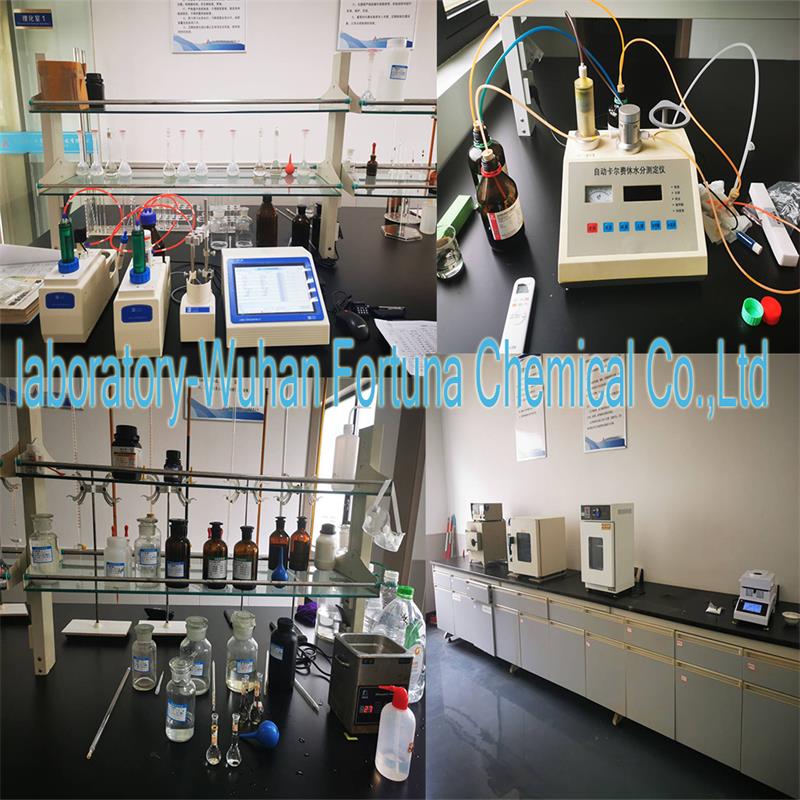
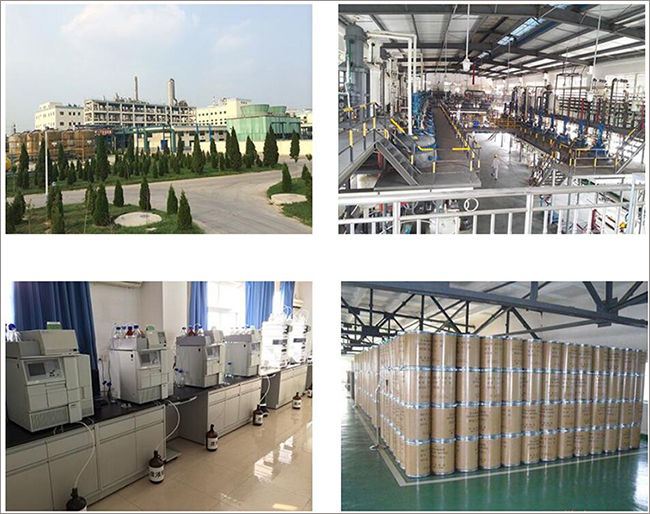
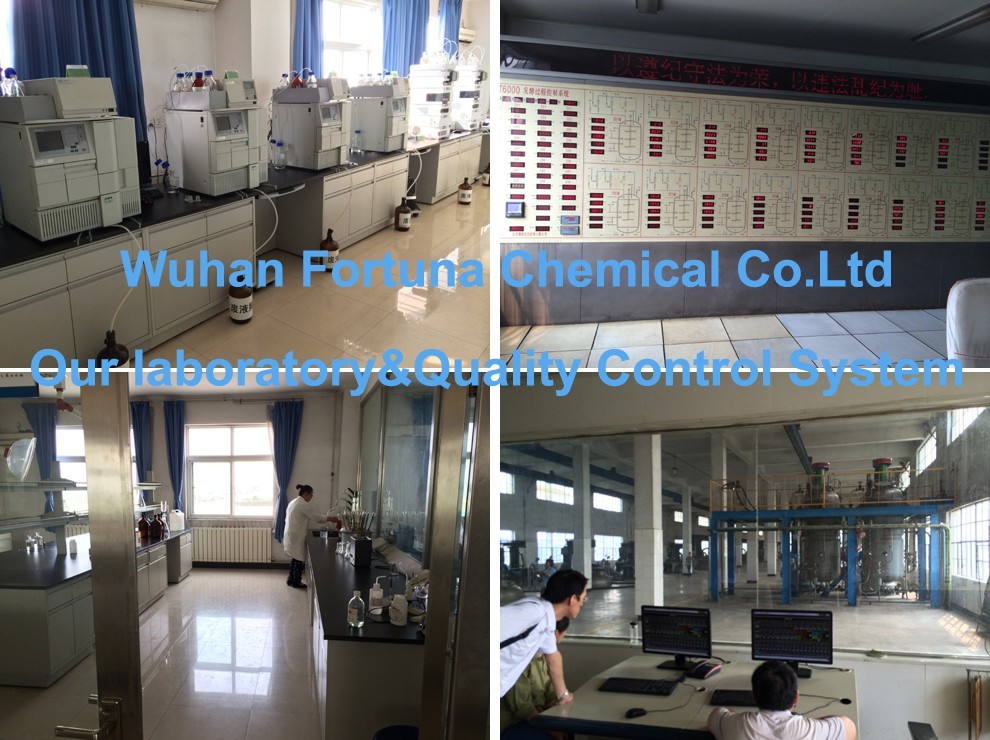
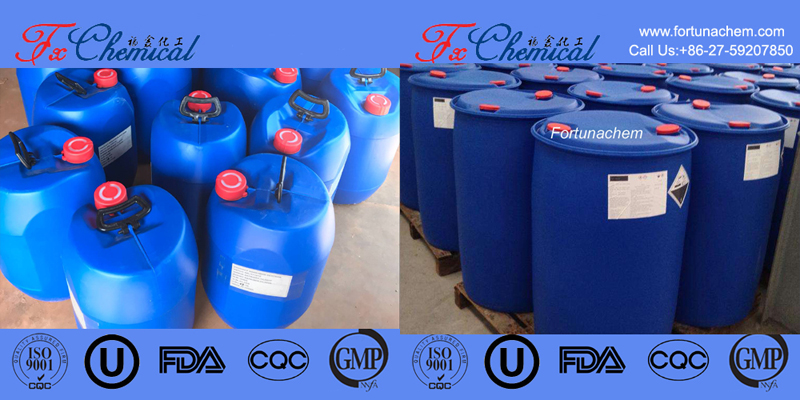
It is used for organic synthesis, widely used in pharmaceutical and chemical industries, such as nucleosides, antibiotics, steroids, protein, sugar, vitamins synthesis, silicone rubber modification.


Fortunachem Provides Not Only Professional Chemical Products But Also Professional Help
Keeping you up-to-date with all the latest information, news, and events about Fortunachem!

Quick Links
Add:
E-mail:
 English
English  Español
Español  français
français  العربية
العربية 